RT reports:
A new 3D reconstruction of Julius Caesar's head gives unprecedented insight into what the famous Roman general looked like all those years ago - including the bizarre proportions of his cranium.You can see the monstrosity that resulted above. The only problem is: Caesar didn't look like that.
...
The result is a remarkably lifelike depiction of Caesar, down to the unusual skull shape said to have been the result of his difficult birth.
"So he has a crazy bulge on his head," Buijtendorp said of his skull, HLN reports. "A doctor said that such a thing occurs in a heavy delivery. You do not invent that as an artist."
For decades one bust has been commonly believed to be a contemporary reproduction of Caesar's appearance: the 'Tusculum' bust housed in the Museo d'Antichita in Turin, Italy. It probably depicts Caesar in the last years of his life, i.e. in his 50s. As you can see below, it shares some features with reproduction above, but that's where the similarity ends:
A later bust from the 2nd century - the Farnese bust from Trajan's forum, held in the Museum of Naples - depicts a somewhat more idealized portrait (but the chin, mouth, cheek lines and nose features are retained - including Caesar's lined neck):
Then in 2007, a new discovery was made in the Rhone river, France: another potential contemporary representation of Caesar, this one depicting him somewhat younger. Like the Tusculum portrait, it is not idealized, showing a realistic representation of a living person. Experts are still divided about whether or not it's Caesar, but classicists are a conservative bunch. (See here for a short write-up on the various busts.) The face shares features with both the Tusculum and Farnese busts (the only major difference being its wider nose, to my eye). Below is an attempt at reconstruction by Jorg Wiltink:
Now scroll back up to the top of this article and compare d'Hollosy's.
And another image by Amelia Carolina Sparavigna using aging software:
Sparavigna conducted visual comparisons of the busts and found similarities between the Arles and Farnese busts. While she doesn't see much resemblance between the Tusculum and Arles busts, Arles' Museum's book Cesar: Le Rhone pour memoire (p. 68) shows a digital comparison of the profiles of both, showing that they are a close match, aside from the damaged nose.
Compare for yourself:
Cicero, an inveterate blowhard and egomaniacal enemy of Caesar, surely would have mentioned Caesar's allegedly giant head if it were true - he never missed an opportunity to say something disparaging about Caesar in his private correspondence.
It looks as if Buijtendorp and d'Hollosy are just following in the footsteps of Cicero - this time under the guise of 'science' - in order to smear Caesar, who was perhaps the greatest Roman who ever lived. But like most great people, he was constantly embattled by a demonization campaign instituted by his harshest opponents (who themselves made up a tiny minority of the Roman ruling class and people), a campaign that continues to this day. Sound familiar?
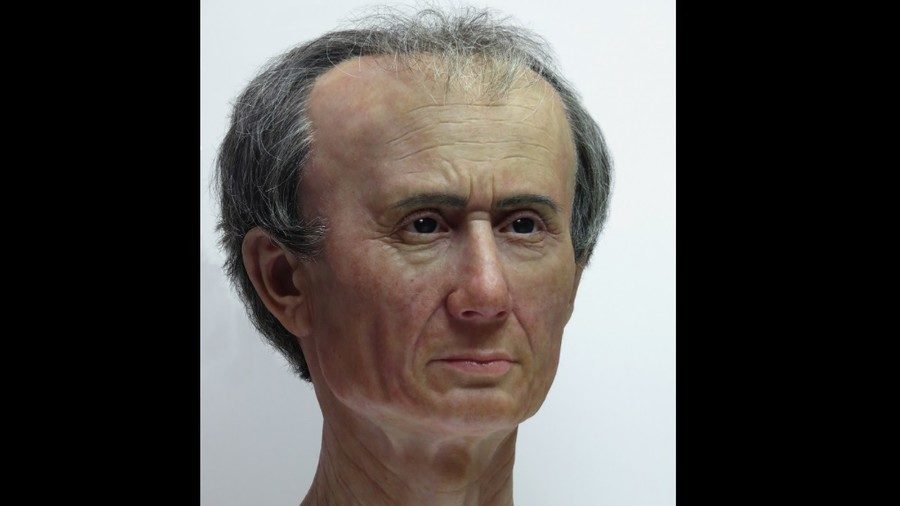
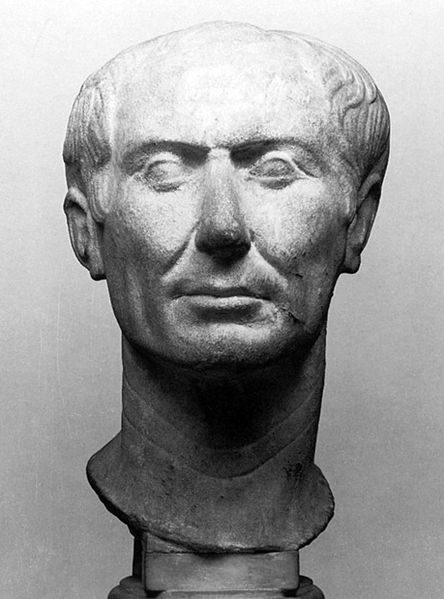
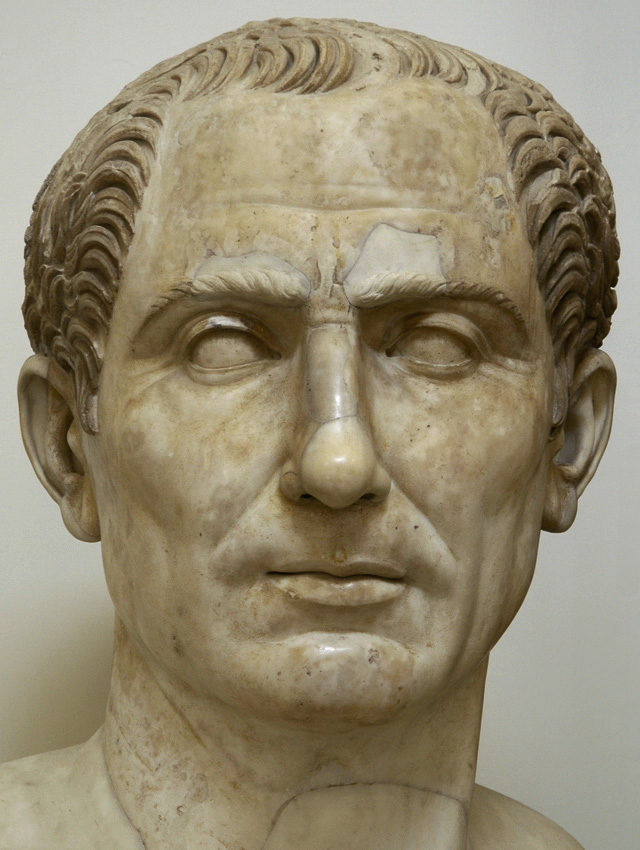
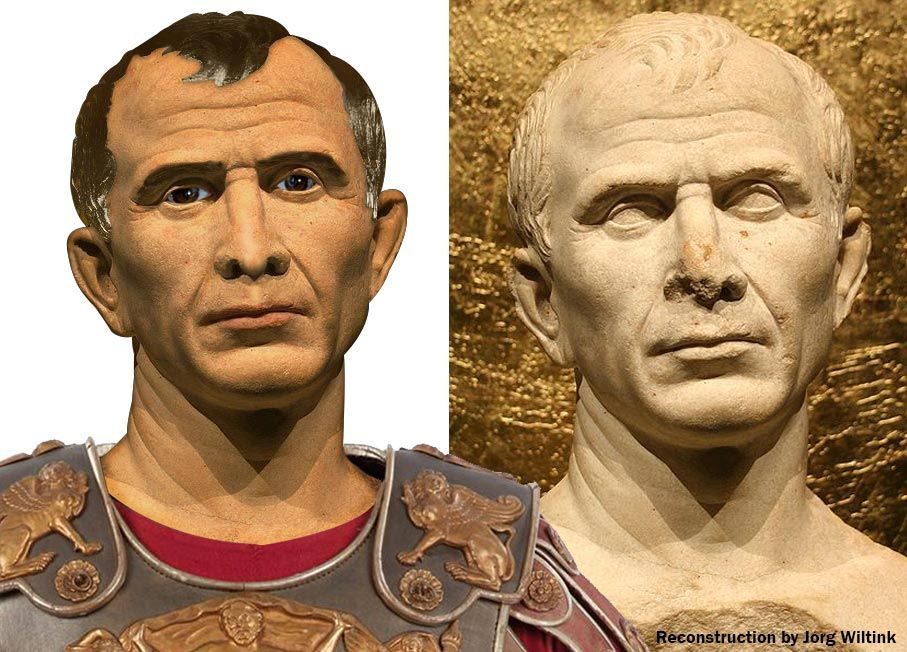
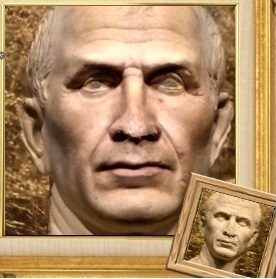

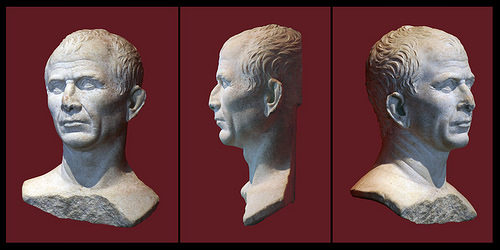
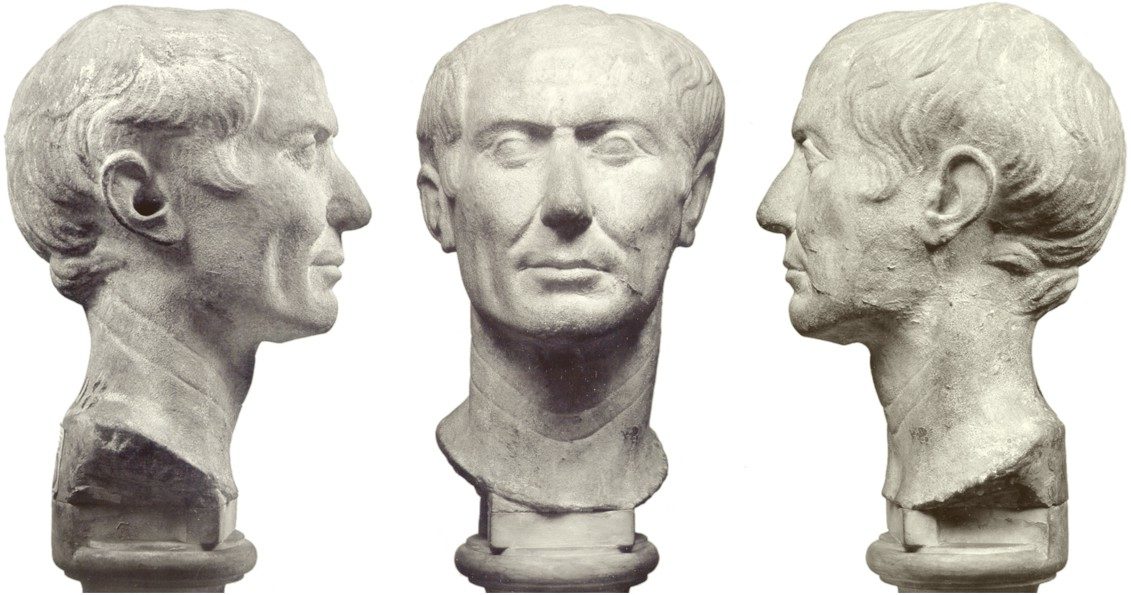
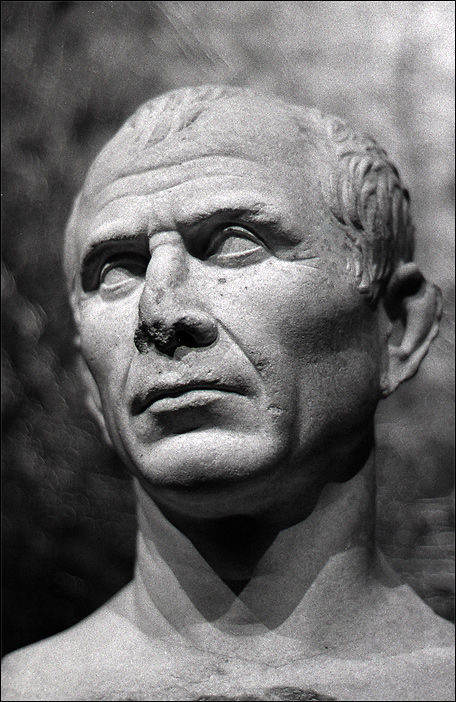



Reader Comments
It is bizarre, it looks like the star child skull with a facial reconstruction of an adult, don't get it.
As for the guy that sculptured that lopsided image, well, I hope there was a money back guarantee because, whoever commissioned it needs to claim it, the guy has no idea of the human skull, he should have cut his losses and waited for Leonardo.
For me the most authentic representation of Caesar is the one at the end of the post,
a man that has lived a life, true to his soul, and it shows in his face.
Czar is the Rus form.
we do not know how it sounded at different periods. No recording was available.
thank you for having considered my work on Ceasar. After reading your article, I have analysed and compared the front view of the Tusculum head and the 3d reconstruction, the results are given here: [Link] Shortly, the 3d reconstruction is based on a square, whereas the Tusculum is a rectangle. It means that the measures of the Tusculum head do not match with those of the reconstruction. I have also prepared my version of Tusculum face. Please find it here too [Link] Or the Avatar.
Thank you again my dear,
Amelia Carolina Sparavigna